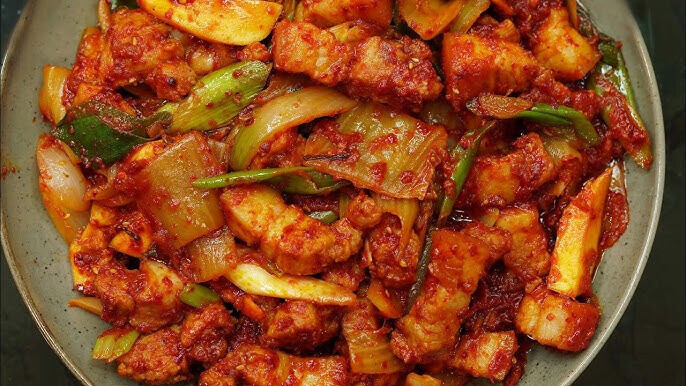
Duru-chigi, a beloved Korean dish, has a rich history and a simple yet flavorful profile. The name itself, roughly translating to "stir-fry," hints at the dish's preparation method. But what makes duru-chigi so special?
Origins of Duru-chigi
While the exact origins of duru-chigi are somewhat debated, there are two primary theories.
The Noble Banquet: One theory suggests that duru-chigi originated in the noble households of the Gyeongsang province. When unexpected guests arrived, the quick-cooking nature of this dish made it a perfect choice for a hastily prepared feast.
The Accidental Invention: Another tale comes from a restaurant in Daejeon. It's said that customers would frequently request a spicy, stir-fried dish with tofu, and the phrase "두부를 맛있게 매쳐라, 때려라, 매때려라, 두루쳐 내와 봐라" (roughly, "Stir-fry the tofu until it's spicy and delicious") was eventually shortened to duru-chigi.
How to Make Duru-chigi
Duru-chigi is incredibly versatile and can be made with a variety of ingredients. However, the core components typically include:
Meat: Pork belly is a popular choice, but beef, chicken, or even seafood can be used.
Vegetables: A mix of vegetables like onions, green peppers, and zucchini are common.
Seasoning: Gochujang (Korean red pepper paste) provides the heat and flavor, while soy sauce, garlic, and sesame oil add depth.
Tofu: Often added for a protein boost and a softer texture.
To make duru-chigi, simply:
Marinate: Marinate the meat in a mixture of gochujang, soy sauce, garlic, and sesame oil.
Sauté: Sauté the marinated meat until browned.
Add Vegetables: Add your chosen vegetables and cook until tender.
Simmer: Add a bit of water or broth, and simmer until the flavors meld.
Serve: Serve hot with steamed rice.
Duru-chigi is more than just a meal; it's a testament to Korean culinary ingenuity and a comforting dish enjoyed by many. Its simple preparation and adaptable nature have made it a staple in Korean households and restaurants worldwide.
source : Global Economic Times(https://www.globaleconomictimes.kr)
[Copyright (c) Global Economic Times. All Rights Reserved.]





























